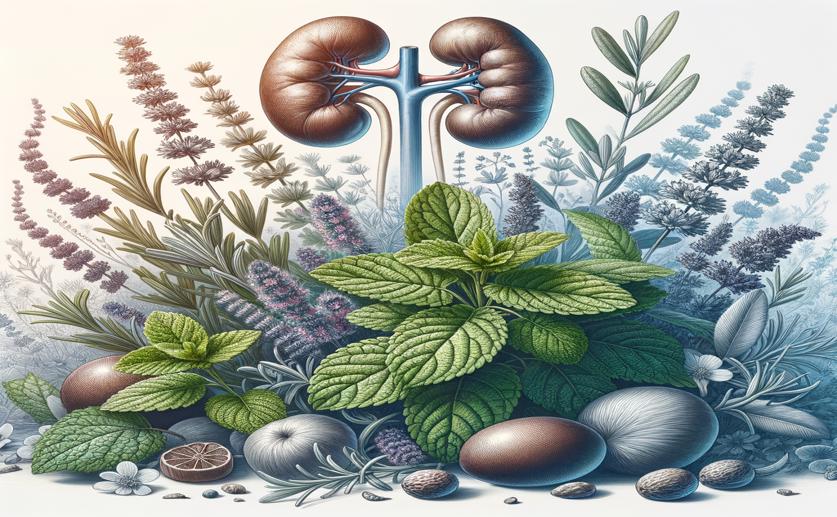
Natural Compounds in Herbal Formula May Help Treat Kidney Fibrosis
Jim Crocker
6th July, 2024

Image Source: Natural Science News, 2024
Key Findings
- In China, CKD affects about 8.2% of adults, leading to severe health issues
- The study found that Nobiletin (NOB), a key ingredient in the A&P formula, significantly improved kidney function in CKD mice
- NOB treatment reduced kidney damage by inhibiting the Lgals1/PI3K/AKT signaling pathway, which is crucial for cell survival and growth
References
Main Study
1) Screening of active components in Astragalus mongholicus Bunge and Panax notoginseng formula for anti-fibrosis in CKD: nobiletin inhibits Lgals1/PI3K/AKT signaling to improve renal fibrosis.
Published 5th July, 2024
https://doi.org/10.1080/0886022X.2024.2375033
Related Studies
2) Prevalence of Chronic Kidney Disease in China: Results From the Sixth China Chronic Disease and Risk Factor Surveillance.
3) Myofibroblast in Kidney Fibrosis: Origin, Activation, and Regulation.
4) Astragalus propinquus Schischkin and Panax notoginseng (A&P) compound relieved cisplatin-induced acute kidney injury through inhibiting the mincle maintained macrophage inflammation.



 30th June, 2024 | Jenn Hoskins
30th June, 2024 | Jenn Hoskins